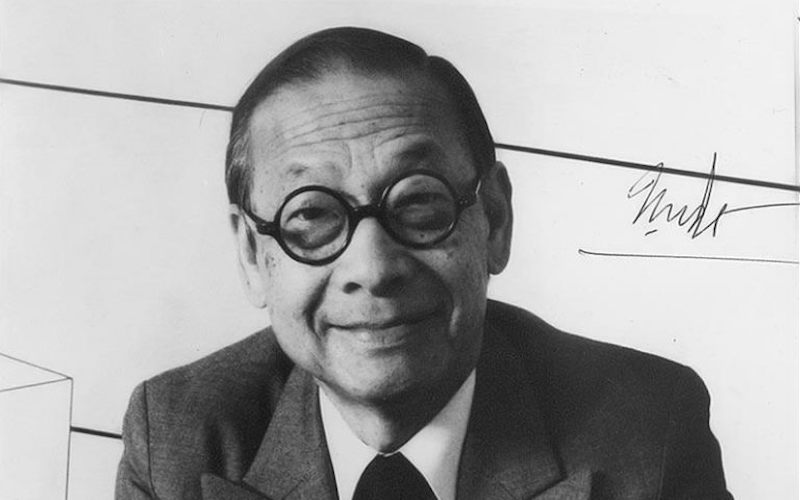Ieoh Ming Pei
Episode #6 of the course “Architects who changed the world”
Known for intimate and extended consideration of the time, purpose, and place of each of his creations, the architect Ieoh Ming Pei (often referred to as I. M. Pei) has helped revolutionize the concept of buildings as art in the 20th century. Known as the “father of modern architecture,” Pei has not only been commissioned for some of the most famous projects in the world, but his focus on how a building will impact the lives of the community that uses it (instead of focusing on abstract standards of artistic ideals) has helped launch new design movements toward ergonomic design, green living, and eco-conscious construction.
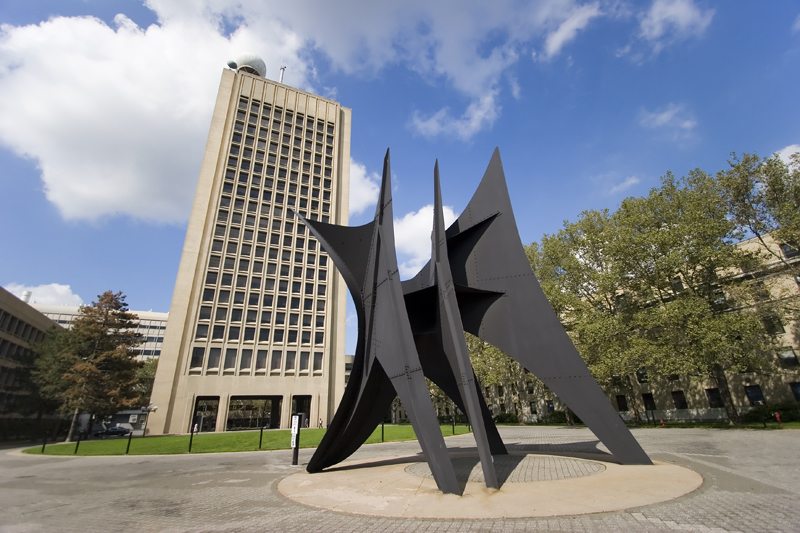 Green Building (MIT)
Green Building (MIT)
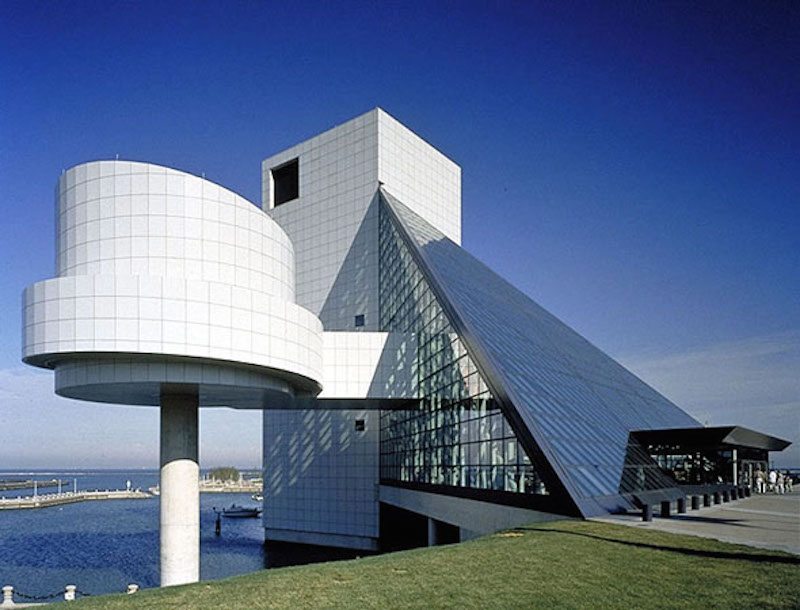 The Rock and Roll Hall of Fame, Cleveland, Ohio, United States
The Rock and Roll Hall of Fame, Cleveland, Ohio, United States
Born in China, Pei came to the US in the 1930s to study architecture at MIT and Harvard. After employment as an engineer, he began an architecture career in New York. Following a few smaller projects, he received some acclaim, but he earned international success with his design for the Center for Atmospheric Research in the US. Over the next 40 years, Pei would design the Green Building at MIT, the East Building of the National Gallery of Art, and Dallas City Hall. Pei returned to China to design his first building there in 1975, and he sparked international controversy with his nontraditional design for the entrance to the world-famous French museum, the Louvre, in 1985.
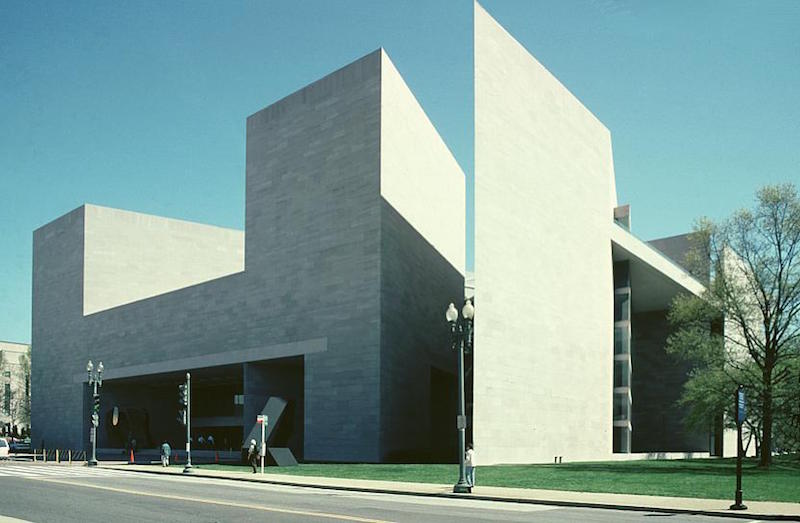
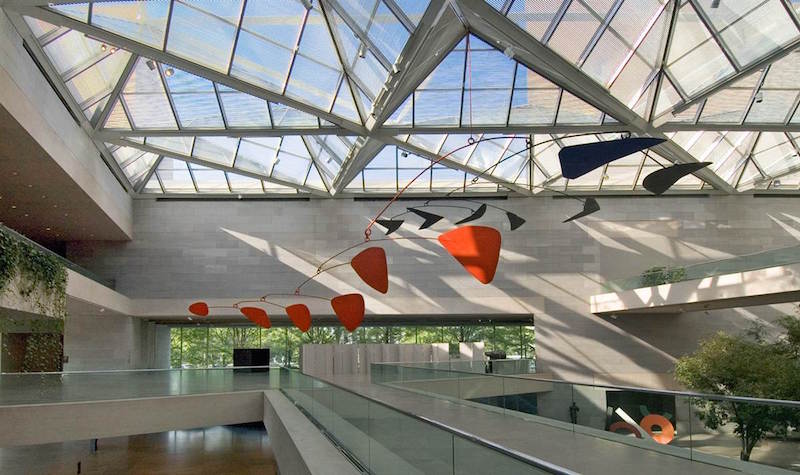 The East Building of the National Gallery of Art
The East Building of the National Gallery of Art
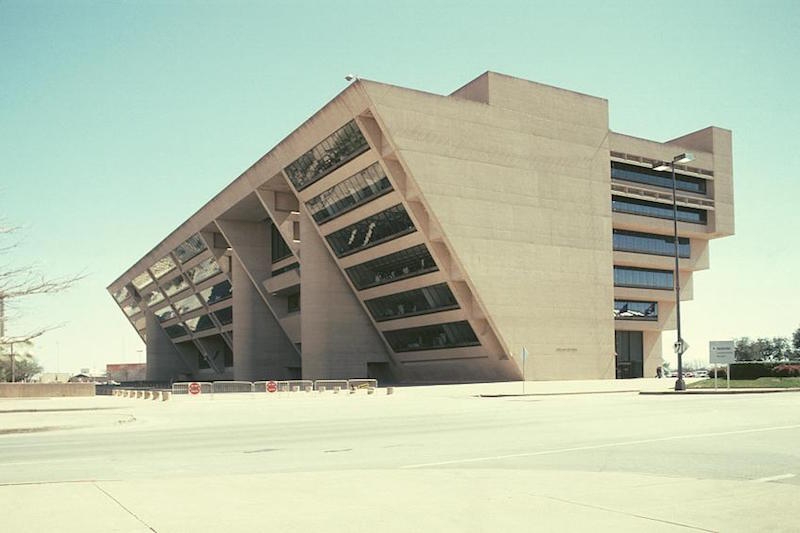 Dallas City Hall
Dallas City Hall
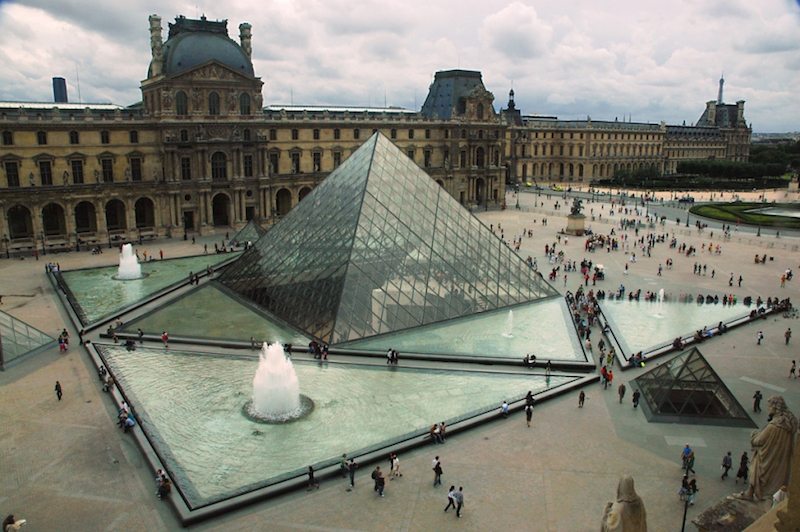 The Louvre
The Louvre
Pei’s modernist style is also considered highly Cubist, although elements vary so greatly for each design that he has not been limited to a typical “Pei School.” He is known for integrating classical and modern elements to fit with the existing personality of the urban landscape around the new building. Having retired in 1990, Pei continues to act as an architectural design consultant around the world.
Share with friends

